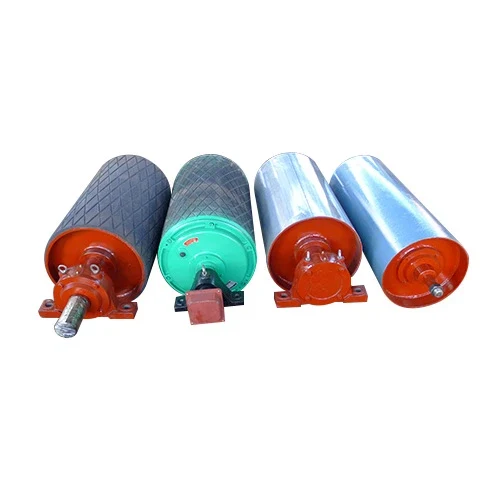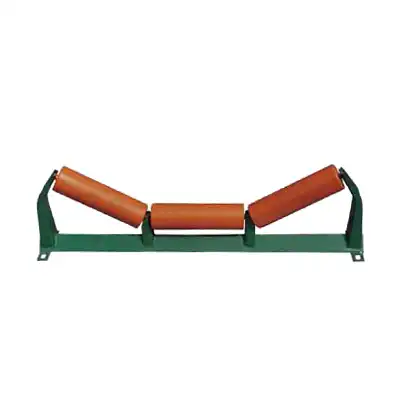- English
- French
- German
- Portuguese
- Spanish
- Russian
- Japanese
- Korean
- Arabic
- Greek
- German
- Turkish
- Italian
- Danish
- Romanian
- Indonesian
- Czech
- Afrikaans
- Swedish
- Polish
- Basque
- Catalan
- Esperanto
- Hindi
- Lao
- Albanian
- Amharic
- Armenian
- Azerbaijani
- Belarusian
- Bengali
- Bosnian
- Bulgarian
- Cebuano
- Chichewa
- Corsican
- Croatian
- Dutch
- Estonian
- Filipino
- Finnish
- Frisian
- Galician
- Georgian
- Gujarati
- Haitian
- Hausa
- Hawaiian
- Hebrew
- Hmong
- Hungarian
- Icelandic
- Igbo
- Javanese
- Kannada
- Kazakh
- Khmer
- Kurdish
- Kyrgyz
- Latin
- Latvian
- Lithuanian
- Luxembou..
- Macedonian
- Malagasy
- Malay
- Malayalam
- Maltese
- Maori
- Marathi
- Mongolian
- Burmese
- Nepali
- Norwegian
- Pashto
- Persian
- Punjabi
- Serbian
- Sesotho
- Sinhala
- Slovak
- Slovenian
- Somali
- Samoan
- Scots Gaelic
- Shona
- Sindhi
- Sundanese
- Swahili
- Tajik
- Tamil
- Telugu
- Thai
- Ukrainian
- Urdu
- Uzbek
- Vietnamese
- Welsh
- Xhosa
- Yiddish
- Yoruba
- Zulu
What Are Conveyor Belt Rollers?
2024-07-19 08:18:30
Conveyor belt rollers are essential components used in conveyor systems to support and guide conveyor belts, ensuring smooth and efficient material transport. These rollers come in various shapes, sizes, and materials, each tailored to specific operational requirements and environmental conditions. Understanding the types and functions of conveyor belt rollers is essential for optimizing conveyor performance and minimizing maintenance downtime.
What are the Different Types of Conveyor Belt Rollers?
Conveyor belt rollers are classified based on their construction, material composition, and application suitability. Here are the main types commonly used in industrial settings:
Steel Rollers
Steel rollers are robust and suitable for heavy-duty applications, offering excellent durability and load-bearing capacity. They are commonly used in mining, construction, and manufacturing industries where conveyor systems handle large volumes of heavy materials.
Plastic Rollers
Plastic rollers are lightweight, corrosion-resistant, and ideal for applications requiring cleanliness and non-metallic properties. High-Durability Plastic Rollers are often used in food processing, pharmaceuticals, and packaging industries to meet hygiene standards and reduce contamination risks.
Rubber-Coated Rollers
Rubber-coated rollers provide enhanced grip and traction, reducing slippage and ensuring smooth material flow. They are versatile and find applications in various industries where gentle handling of delicate materials is necessary.
How Do Conveyor Belt Rollers Improve Operational Efficiency?
Conveyor belt rollers play a pivotal role in enhancing operational efficiency and productivity in industrial environments. Here are key ways in which they contribute to streamlined operations:
Reduced Friction and Energy Consumption
Conveyor belt rollers contribute to operational efficiency by minimizing friction between the conveyor belt and the supporting structure. This has several benefits:
1.Energy Efficiency: Well-designed rollers with low rolling resistance reduce the amount of energy required to drive the conveyor system. This lowers operating costs and improves overall energy efficiency.
2. Equipment Lifespan: Reduced friction decreases wear and tear on both the rollers and the conveyor belt. This extends the lifespan of these components, reducing the frequency of replacements and associated downtime.
3.Smooth Operation: Low friction ensures smoother operation of the conveyor, enhancing material flow and preventing unnecessary strain on drive motors and other mechanical parts.
Enhanced Material Handling
Efficient material handling is crucial for maintaining smooth production processes. Conveyor belt rollers contribute to this efficiency in the following ways:
1.Material Flow Optimization: Properly selected rollers support the effective movement of materials along the conveyor line. They help maintain consistent belt tension and alignment, which prevents material jams, spills, and blockages.
2.Increased Throughput: By reducing the likelihood of interruptions and downtime due to material handling issues, rollers enhance overall throughput and production efficiency. This is particularly important in industries where continuous production is essential.
3.Flexibility and Versatility: Rollers designed for specific applications (e.g., heavy-duty, high-speed, or corrosive environments) ensure that the conveyor system can handle diverse materials and operational conditions effectively.
Minimized Maintenance Downtime
Reliable conveyor belt rollers contribute significantly to reducing maintenance-related downtime, thereby improving operational continuity:
1.Less Frequent Maintenance: High-quality rollers require less frequent maintenance interventions compared to lower-quality alternatives. This reduces the need for scheduled downtime for repairs or replacements, allowing the conveyor system to operate for longer periods without interruption.
2.Lower Maintenance Costs: Reduced maintenance requirements translate into lower overall maintenance costs. Businesses save on labor, parts, and downtime expenses associated with servicing conveyor components.
3.Increased Reliability: The reliability of conveyor belt rollers ensures that the entire material handling system operates consistently and predictably. This reliability is critical in industries where downtime can lead to substantial financial losses and impact production schedules.
What Factors Should You Consider When Choosing Conveyor Belt Rollers?
Selecting the right conveyor belt rollers is essential for optimizing conveyor performance and ensuring operational efficiency. Consider the following factors when choosing conveyor belt rollers for your application:
Load Capacity
The load capacity of conveyor belt rollers directly impacts the efficiency and reliability of material handling operations. Factors to consider include:
1.Weight of Materials: Calculate the maximum weight and distribution of materials conveyed per roller. Ensure rollers are rated to handle these loads without deformation or premature wear.
2.Impact Load: Evaluate if the application involves impact loading, where materials drop onto the conveyor belt. Choose rollers designed to absorb impact to prevent damage to both the roller and the belt.
3.Dynamic Load: Consider the dynamic forces exerted during operation, including starts, stops, and changes in direction. Opt for rollers capable of handling both static and dynamic loads to maintain smooth operation and prolong service life.
Environmental Conditions
Conveyor systems operate in diverse environments that can affect roller performance and longevity. Key environmental factors to assess include:
1.Temperature Extremes: Determine if the environment ranges from extreme cold to high heat. Select rollers made from materials that maintain dimensional stability and mechanical properties across the temperature range encountered.
2.Moisture and Humidity: Evaluate the level of moisture exposure, such as high humidity or wet conditions. Choose rollers resistant to corrosion and moisture ingress to prevent rusting and degradation.
3.Chemical Exposure: Identify any exposure to chemicals or contaminants in the environment. Specify rollers with suitable coatings or materials that resist chemical corrosion and maintain structural integrity.
Application Specifics
Tailor roller selection to meet the specific demands of the conveyor system and operational requirements:
1.Material Type and Size: Consider the characteristics of materials being conveyed, such as size, shape, and abrasiveness. Choose rollers with appropriate surface profiles or coatings to ensure effective material transport and minimize wear.
2.Operational Speed and Accuracy: Determine the required conveyor speed and precision of material handling. Select rollers that support smooth and consistent movement at operational speeds without compromising accuracy.
3.Cleanliness and Hygiene Standards: For industries like food processing or pharmaceuticals, prioritize rollers that meet hygiene standards and facilitate easy cleaning to prevent contamination.
4.Noise Levels: Evaluate the noise tolerance level in the operating environment. Opt for rollers designed to reduce noise emissions, such as those with smooth bearings or noise-dampening materials.
Conclusion
In conclusion, conveyor belt rollers are indispensable components in industrial conveyor systems, playing a vital role in optimizing material handling processes and enhancing operational efficiency. Understanding the types, functions, and selection criteria of conveyor belt rollers enables businesses to make informed decisions that support productivity, reduce maintenance costs, and ensure continuous operations. By prioritizing quality and compatibility with specific operational needs, including considerations for specialized rollers such as Plastic Rollers for Conveyors, businesses can leverage conveyor belt rollers to maintain a competitive edge in today's dynamic industrial landscape.
References
1.American Society of Mechanical Engineers. (2019). Conveyor Equipment Manufacturers Association.
2.International Organization for Standardization. (2018). ISO 2148:2018 - Conveyor belts - Specification for conveyor belts of textile construction for general use.
3.The Society for Mining, Metallurgy & Exploration. (2020). SME Mining Engineering Handbook (3rd ed.).
4.Food and Drug Administration. (2021). Current Good Manufacturing Practice (CGMP) Regulations.
5.Packaging Machinery Manufacturers Institute. (2017). PMMI Conveyor Standards.
6.Occupational Safety and Health Administration. (2020). OSHA Technical Manual - Section IV: Chapter 2.





